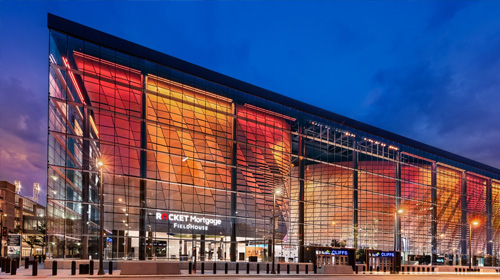Wilton Public Schools
RUCKUS® Wired and Wireless Network Gives Students Ready Access to the World

Watch the video
A third grader in Wilton, Connecticut, begins class by plucking an iPad from a mobile cart in her classroom. She’s learning about New England’s indigenous people, the Native Americans. As part of the assignment, she’ll create an archaeological artifact to represent life of indigenous people, record an audio description using an online voice recorder and create a QR code for an interactive museum. In another year or two, the curriculum will undoubtedly incorporate virtual reality, adding yet another dimension to the digital learning experience.
Down the hall, fifth graders are video chatting with a peer class in Africa. Students are teaching each other about contemporary energy issues in their respective countries. They’ll also collaborate on designing and building a product prototype to solve an energy-related problem.
These paint such an inspiring picture of the power of digital learning. But the reality was quite different three years ago at Wilton Public Schools.
Requirements
- An unreliable Wi-Fi network made faculty wary of digital learning
- The infrastructure was costly to own and required a lot of IT support
- There was no centralized management of the network, making it difficult for IT to troubleshoot problems
Solutions
- 220 indoor 802.11ac RUCKUS APs
- 100 RUCKUS ICX Switches
- SmartZone Network Controller
Benefits
- Adoption of digital learning has accelerated because everyone trusts the reliability and performance of the network
- The new infrastructure has eliminated substantial costs and freed up IT for other projects
- IT can manage the wired and wireless networks through a single pane of glass

